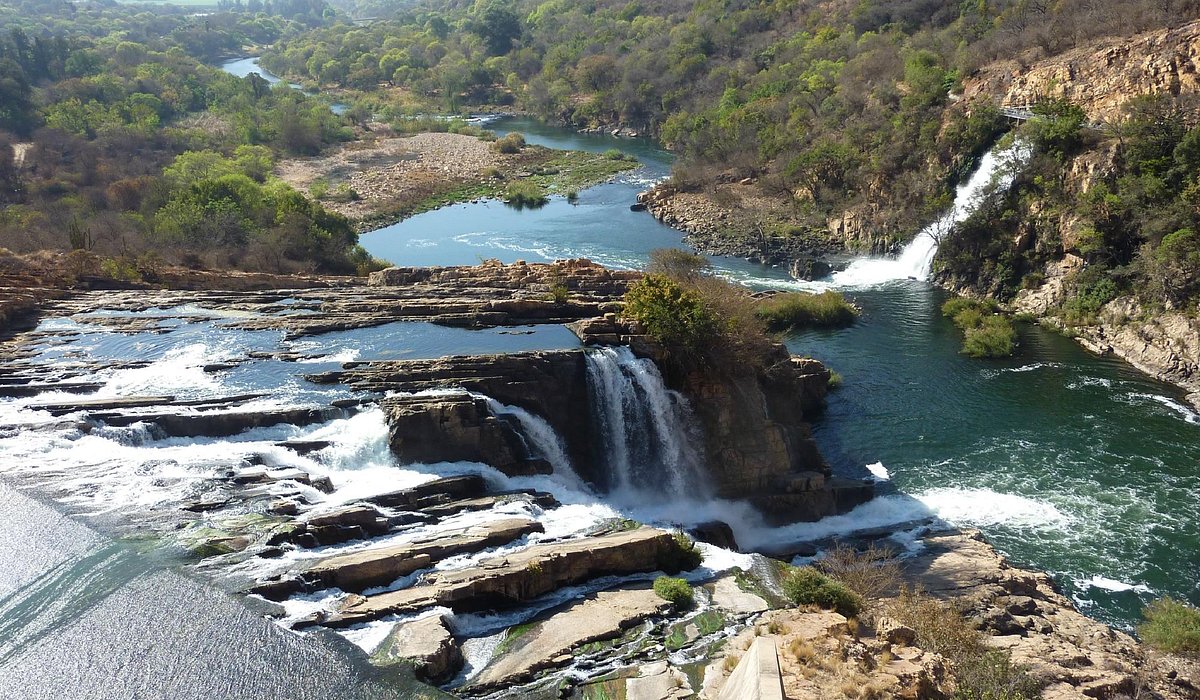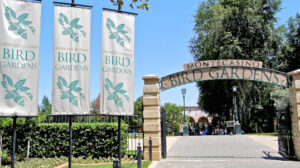The Best Strategy To Use For Johannesburg North Attractions
The Best Strategy To Use For Johannesburg North Attractions
Blog Article
Not known Facts About Johannesburg North Attractions
Table of ContentsThe Definitive Guide for Johannesburg North AttractionsNot known Details About Johannesburg North Attractions The 5-Minute Rule for Johannesburg North AttractionsOur Johannesburg North Attractions PDFsRumored Buzz on Johannesburg North AttractionsThe Ultimate Guide To Johannesburg North AttractionsJohannesburg North Attractions Can Be Fun For Everyone
Nevertheless you need to maintain safety and security in mind and tourists must remain alert in all times when in unfamiliar surroundings. Speak with the locals when you are in community to learn about the location you are remaining in. Johannesburg North attractions. When on the road (this doesn't apply to shopping center and other protected settings) finest general guidance is to try your finest to resemble a regional and to avoid presenting any type of form of wide range
The Buzz on Johannesburg North Attractions
Professor Revil Mason O. J. (Thomson, 1946) discovered the Witwatersrand's pre-colonial background. His historical work blew up the 'em pty land' myth, according to which the region was empty of human habitation before the arrival of European inhabitants. In his publications Prehistory of the Transvaal: A Record of Human Task (1962) and Beginnings of Black Individuals of Johannesburg and the Southern Western Central Transvaal Advertisement 3501880 (1986 ), Professor Mason showed the extent of social and financial growth in the area before Europeans established foot below.

The Johannesburg North Attractions Statements
He showed the federal government's consent, given after he had testified maintain his explorations key. In 1874, small-scale mining operations were begun in the Magaliesberg, where an Australian, Henry Lewis, had uncovered gold down payments. In 1878, David Wardrop located gold in quartz blood vessels at Zwartkop, north of Krugersdorp. In 1881, Stephanus Minnaar found gold on the farm Kromdraai, near the Cradle of Mankind.
In March 1886, a protrusion (soon to be called the Main Reef) was located, fairly fortuitously, on Gerhardus Oosthuizen's farm Langlaagte. Some say that the Lancastrian coal miner George Walker discovered this coral reef. An additional travelling English prospector, George Harrison (who had actually formerly worked in Australian mines) obtained a prospecting permit in respect of Langlaagte in Might 1886.
He made a decision to relocate on in a pursuit for greener pastures, and disposed of his Langlaagte insurance claim for the baronial sum of 10. Alas: beneath lay the wealthiest goldfield ever located. The discovery of this rich auriferous reef provoked a gold thrill that signified the end of agrarian tranquillity in the southern Transvaal.
It would, within 6 years, become the largest town in southerly Africa. Within a decade, it would make the Z. A. R. until then an anarchical and bankrupt little state the wealthiest nation in Africa. By the millenium, the Z. A. R. was to surpass Russia, Australia have a peek at this site and the United States of America to become the world's leading gold producer, producing more than a quarter of the globe's gold.
The 10-Minute Rule for Johannesburg North Attractions
It was recognized as Ferreira's Camp, called after Colonel Ignatius Ferreira. He was a Boer adventurer upon whom the British authorities had presented the condition of Friend of one of the most Differentiated Order of St Michael and St George (qualifying him to the post-nominal letters C. M. G.) in gratitude for his duty in the war that had deposed the Pedi king Sekhukhune in 1879.
Soon the camp was including tents and wagons as newbies showed up daily from far and wide. By September 1886, some 400 individuals resided in Ferreira's Camp, which quickly boasted built iron and wood structures. 2 various other camps were established: Meyer's Camp on the ranch Doornfontein, and Paarl Camp. The latter was nicknamed Afrikander Camp; many individuals from the Cape Nest settled there.

Unknown Facts About Johannesburg North Attractions
This name gained money by word of mouth, such that the State Secretary attested the name to the Mining Commissioner on 9 October 1886. Stands in the town were auctioned on 8 December 1886. While some stands were cost 10, others were knocked down for as little as sixpence.
2 years later on, these erven were to alter hands for as high as 750 each. The tented camps dwindled as a dorp of corrugated iron structures created and broadened north of the mines situated along the Main Reef Road. Areas such as Jeppe's Town (where working-class immigrants erected their residences) and Doornfontein (where the wealthy new 'Randlords' started to build their luxurious residences) were quickly included in the ever-expanding map of the community.
The 8-Minute Rule for Johannesburg North Attractions
In addition to the road names, there were no indications of Johannesburg being located in a Dutch-speaking nation. Several years later on, C. W. Kearns O. J. (one of the initial young boys enrolled at St John's College in 1898) would remember: 'An unusual reality concerning Johannesburg was that, although it was in the [Boer Republic], virtually every person spoke English and even the Government servants attended to one in English, unless they were initial addressed in the Taal (or Reduced Dutch)'.
Britain had a rate of interest in ensuring optimum conditions for gold manufacturing on the Witwatersrand, and that the gold was exported to London rather than Berlin a vital rendered all the much more clamant by the Z. A. R.'s boosting toenadering with Germany. Mine owners got on a crash training course with Head of state Kruger, whose policy of monopolistic concessions (typically approved to his cronies) stopped mining business from obtaining products of products (especially dynamite) and labour on their own, cheaper terms
Get This Report about Johannesburg North Attractions
In 1890, the Volksraad had restricted the franchise to white males who had lived in the Z. A. R. for fourteen years or longer, hence disqualifying most of the immigrants (that took place to be the major contributors to the fiscus). Nonetheless, frustration for the ballot view it was a simple pretext for promoting a various program; the majority of uitlanders concerned themselves as temporary site visitors and had no objective of remaining in the Z.
Report this page